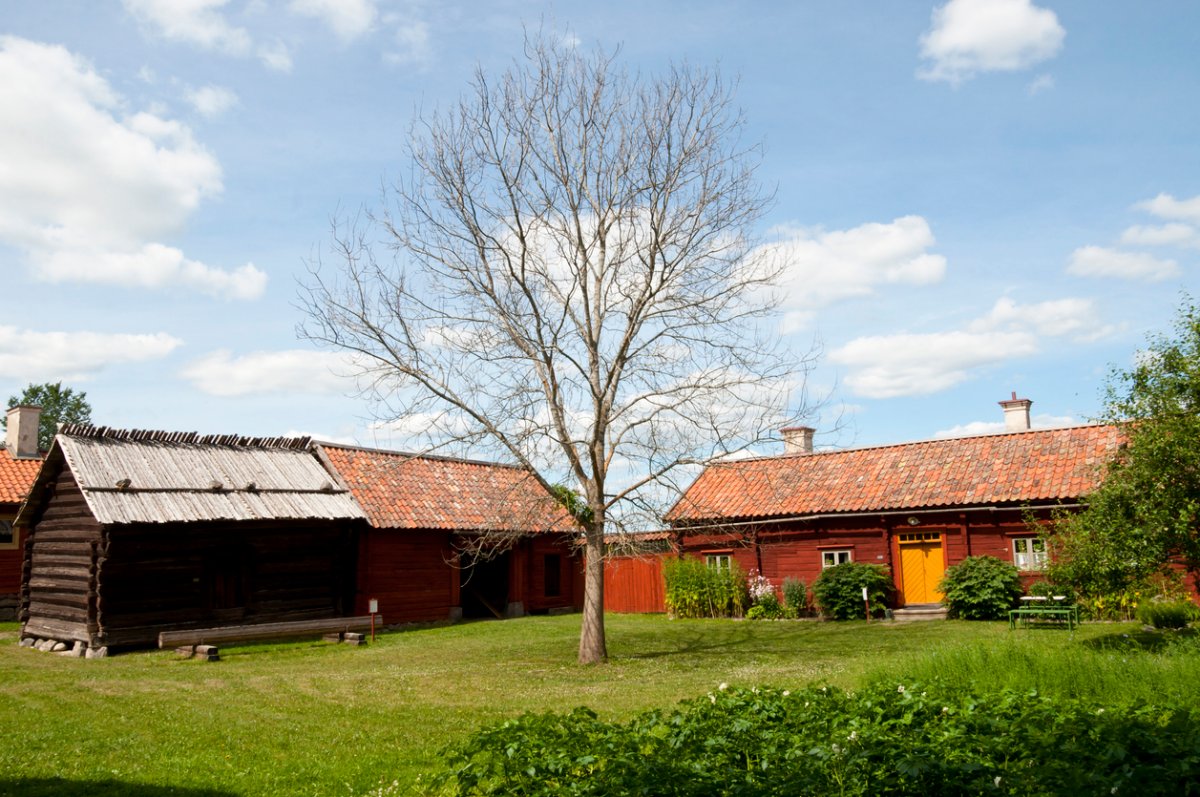

We may earn revenue from the products available on this page and participate in affiliate programs. Learn More ›
When homeowners are comparing barndominium cost vs. house cost, there are several crucial factors that come into play. A barndominium, or barndo, a term derived from “barn” and “condominium,” refers to a unique type of structure that combines elements of a barn and a residence. This increasingly popular concept has become in demand due to its versatility, spaciousness, and distinct aesthetic. Understanding the factors that impact the cost of constructing a barndominium in comparison to a conventional stick-built house is essential for homeowners wanting to make informed decisions regarding a new home.
Barndominium plans and designs vary widely, from small house plans with simple layouts to more elaborate and modern configurations. The size of the barndominium, the complexity of the design, and the choice of materials all contribute to its cost. A small barndominium with a basic layout and minimal interior finishes will be more cost-effective than a larger, 2-story barndominium with intricate detailing. Opting for high-end finishes can also lead to increased costs.
Traditional houses come with their own set of cost considerations. The cost to build a traditional house can vary based on factors such as the size of the house, the architectural style, the location, and the quality of materials used. Unlike barndominium houses, traditional houses typically adhere to more conventional architectural standards and may require a higher investment for certain design features.
When homeowners are evaluating barndominium prices and average barndominium cost, it’s crucial for them to consider whether they’re opting for a custom-built structure or a prebuilt barndominium kit. Custom-built barndominiums offer greater flexibility in terms of design and layout, but they come with higher construction costs. Prebuilt barndominium kits can provide a more streamlined and cost-effective option, especially if a homeowner is looking for a simple design.
The final decision between a barndominium and a traditional house depends on a homeowner’s preferences, lifestyle, and budget. Barndominiums offer a unique blend of rustic charm and modern living, while traditional houses offer a more conventional architectural style. By carefully evaluating the factors that impact the cost to build a barndominium and the cost to build a traditional house, homeowners can make an informed choice that aligns with their vision for their new home.
1. In general, a barndominium costs less to build than a traditional home.
In the world of home construction, it’s typically accepted that barndominiums tend to come with a lower price tag than traditional houses. While some barndominiums involve utilizing the framework of an existing barn, which can make a good starting point for creating a living space, many of them are built from the ground up for residential use. The straightforward design of barndos can lead to quicker construction timelines, ultimately helping homeowners save on labor costs. It’s important to note that the cost differences between barndominiums and traditional homes can vary depending on the specifics of the project. Factors such as location, size, customization level, and the choice of materials can influence the overall project cost. While a basic and simple barndominium might cost less than an equivalently sized traditional house, a more complex barndo will increase the price, and the cost advantage will narrow.
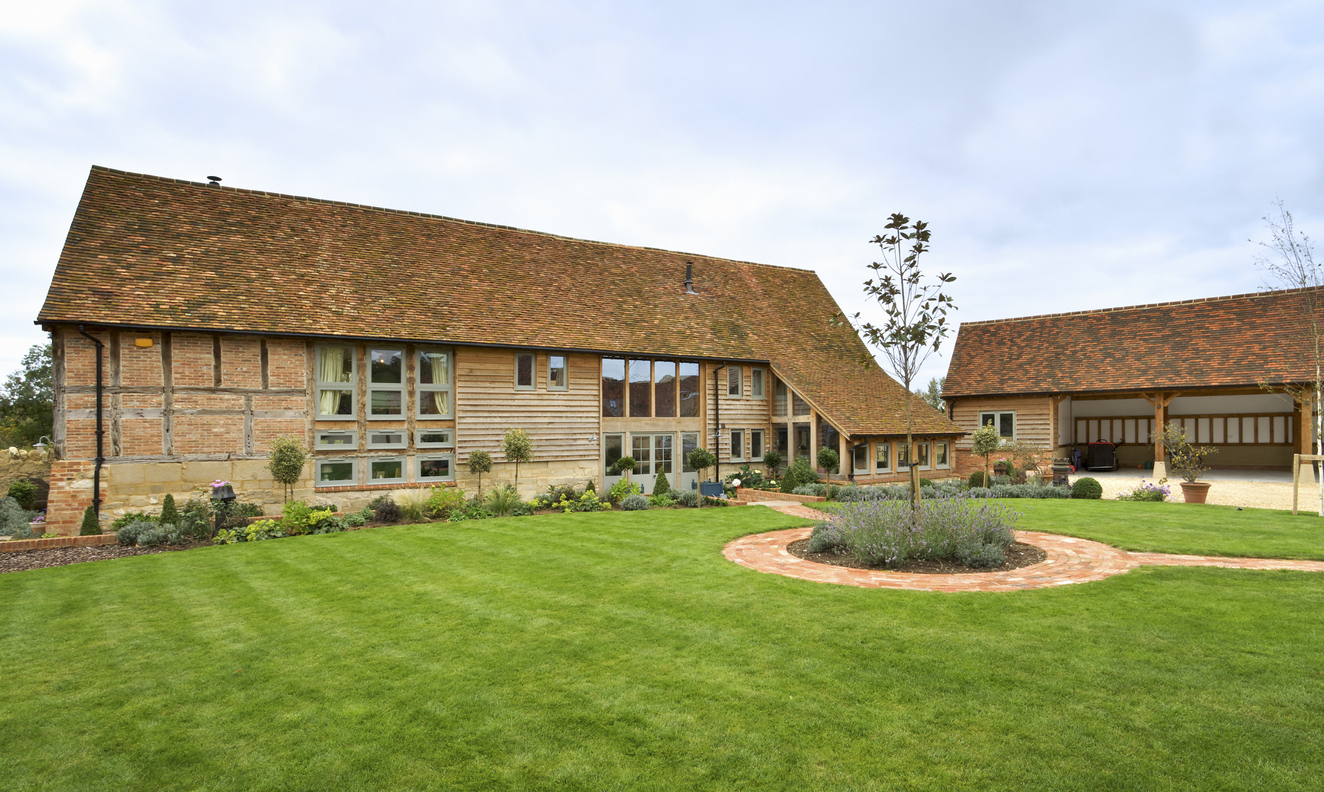
The cost to build a barndominium ranges from $112,800 to $540,000, with the national average at $265,000. When compared to the cost of a traditional stick-built home, which runs from $158,572 to $478,600, the national average of $303,373 for a barndominium is considerably higher. Labor makes up approximately 35 percent of the price to build a barndo, while labor rates range from 30 percent to 60 percent of a budget to build a traditional house. It’s important for homeowners to keep in mind that the cost of countertops, hardware, appliances, paint, fixtures, trim, and window treatments all increase the overall building project price. Homeowners can save time and money by choosing one of the best home builders to bring their dream house to life.
2. However, for smaller homes, the costs will likely be more comparable between the two.
When it comes to smaller homes, the costs of constructing a barndominium and a traditional house tend to align more closely. This is due to the fact that the size of the home plays a significant role in the overall construction cost. Smaller homes generally involve fewer materials and less labor, resulting in a narrower gap between the expenses of building a barndominium and a conventional house. While the cost differences between barndos and traditional houses are often more noticeable in larger structures, smaller homes tend to level the playing field in terms of construction expenses. This is because of the reduced scale of the project, which mitigates some of the cost-saving benefits that barndominiums offer in larger constructions. Homeowners considering smaller homes should weigh their preferences for design and functionality against the cost factors associated with both barndominiums and traditional houses to make a decision that works with their budget and lifestyle.
3. A small traditional house with basic amenities may cost less to build than a large barndominium with luxury finishes.
There’s a notable cost difference between constructing a smaller, traditional house and building a more extensive modern barndominium with luxury finishes. This variation in costs is influenced by several factors, spanning from the size and architectural designs to the quality of finishes used in the structures.
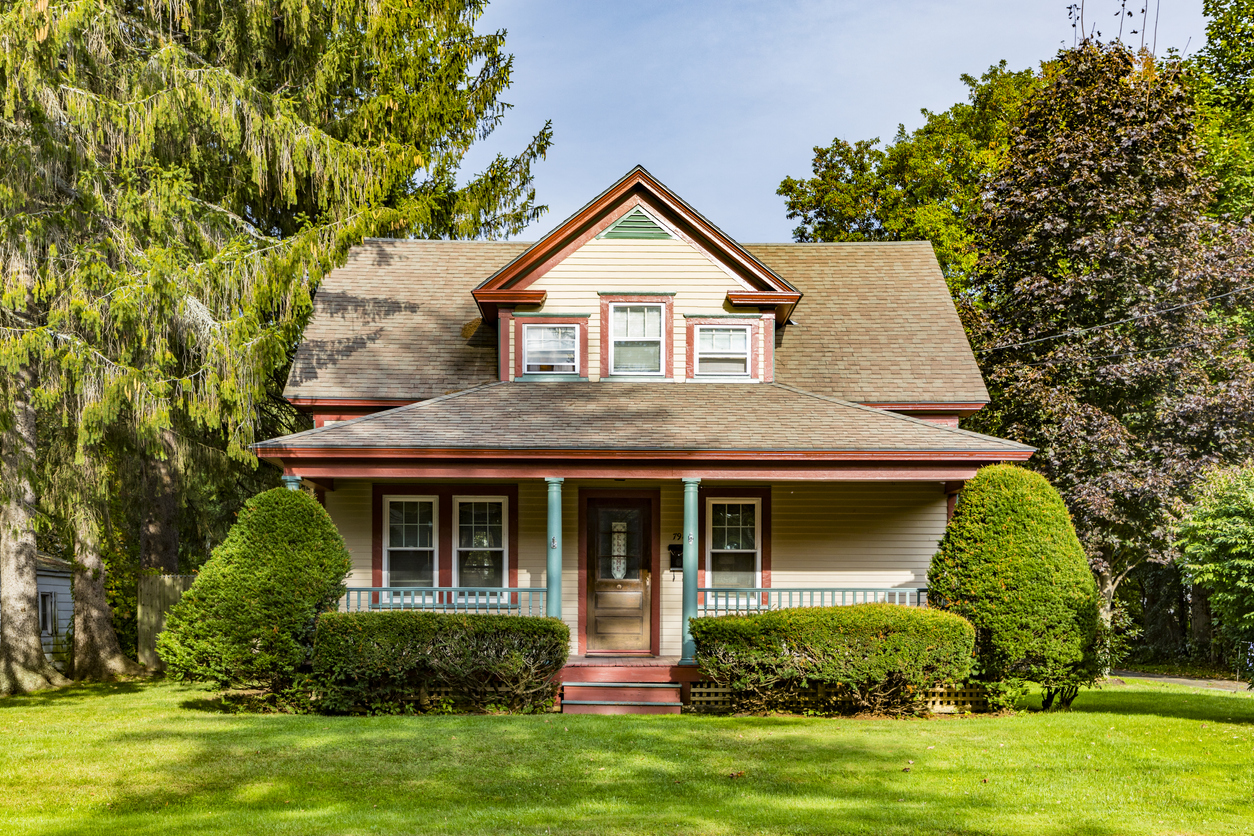
When it comes to a small traditional house, the costs are usually lower because it’s not as big and the construction isn’t complicated. These houses focus on the necessary features without indulging in high-end finishes. They’re more about practicality than luxury, so the materials and expenses are typically less compared to those for a more complex house. Luxury finishes for a large barndominium can make the overall costs increase. Installing high-end floors, custom cabinets, top-notch appliances, an intricate barndominium interior, and exterior detailing can make the project even more expensive. Expenses for exterior work on a traditional house, such as the cost of siding, gutters, roofing, and windows, will make up about 15 percent to 20 percent of the overall budget.
Even though a small traditional house might cost less at the beginning, the costs over time could change. Spending more on custom finishes for a barndo might increase its resale value and potentially lower maintenance costs if better-quality materials are used. On the other hand, a basic traditional house might need more frequent maintenance and might not be as appealing to buyers when the time comes to sell the house.
The difference in cost between a smaller traditional house and a larger barndo with luxury finishes comes from the size, complexity of the design, the quality of the materials, and the long-term benefits. Both options have their pros and cons, so it’s important for homeowners to consider what’s important to them.
4. It may cost less to purchase land for a traditional home build than for a barndominium build.
Buying land for a traditional home build might be cheaper than purchasing land for barndominium construction. The costs associated with land acquisition can vary based on factors such as location, size, and zoning regulations.
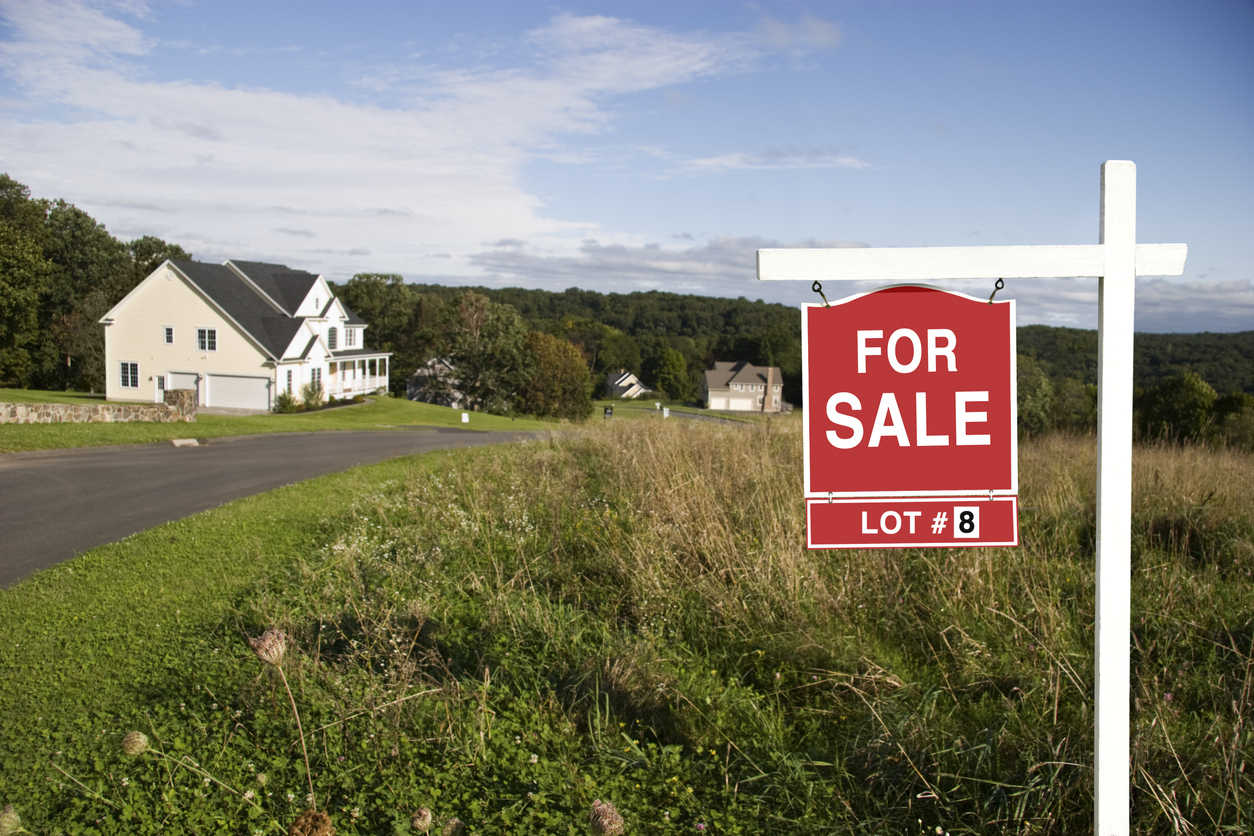
Traditional home plots are often more readily available and may have been subdivided for residential purposes. This can make them more accessible and affordable. On the other hand, barndominiums, which blend residential living with space traditionally used for barns or storage, might require larger plots of land due to their dual-purpose nature. This could lead to higher land costs, especially in areas where larger parcels of land are more valuable or limited in availability. Zoning and building codes can also impact land costs. Land zoned specifically for residential use might have a lower purchase price since it’s designed for homes. Barndos might require land that is zoned for mixed-use or agricultural purposes, which can come with higher costs due to their potential for multiple uses. If a homeowner has a large plot of land and has already invested in pole barn cost, they may decide to transform the barn into a residential living space. Since not all plots of land are suitable for a barndo, a land survey will be needed to determine if a plot is suitable for building. This can cost from $380 to $750, and land clearing cost can range from $1,359 to $5,572.
While there are exceptions and variables, it’s often the case that land for a traditional home build tends to be more budget-friendly than land for a barndominium build, primarily due to the differences in land requirements and zoning considerations.
5. Barndominiums allow for more customization than traditional houses, which can drive up the price.
Barndominiums offer greater room for personalization than traditional houses, and this customization potential can lead to higher costs. The ability to tailor various aspects of a barndo to individual preferences and needs contributes to the flexibility and uniqueness of these structures.
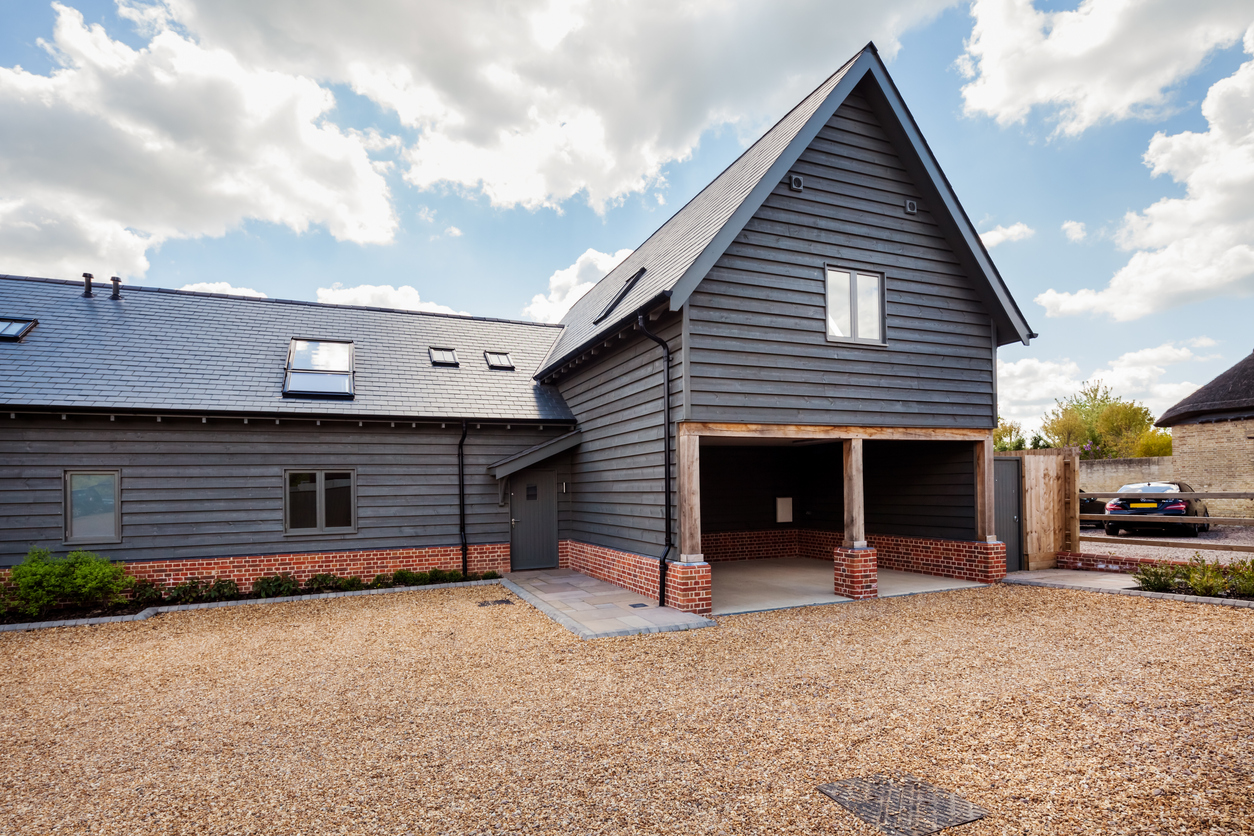
When building a barndominium, homeowners have the freedom to design and configure the interior layout in ways that reflect their lifestyle and needs. This might include deciding on the placement of rooms and open spaces and even incorporating specific features like wood shops, garages, or storage areas within the same structure. This high level of customization often requires specialized planning, additional consultations with architects or designers, and potentially the use of nonstandard materials or construction methods, all of which can increase the overall price.
Traditional houses generally adhere to more standardized designs and layouts, which can help keep construction costs more predictable. While homeowners can still personalize a traditional house, the extent of customization might be limited by the established architectural style and structural considerations. This can help control costs, since the construction process is more familiar and less prone to unique modifications. The greater flexibility in design and layout that barndos offer can be appealing, but it’s important for homeowners to consider the potential increase in costs associated with that level of customization.
6. The basic frame of a barndominium costs less, and homeowners can save money by opting for a DIY barndo kit.
The frame of a barndominium tends to be more budget-friendly than other components of the construction. The simplicity of the frame, which typically consists of sturdy metal supports and walls, provides the essential structure. Additional expenses usually come from the cost of interior finishes, utilities, and other amenities that transform the structure into a livable space.
For homeowners who enjoy a hands-on approach, a DIY barndo kit offers a way to save on home construction. These kits provide prefabricated elements that can be assembled by the homeowners themselves or with the assistance of a contractor. A DIY kit ranges in price from $5,000 to $350,000, depending on the quality and type of materials as well as the overall design.
By taking on some of the construction work, homeowners can save on labor costs. It’s recommended that homeowners recognize that while DIY kits can help reduce some expenses, they also require a certain level of skill and time commitment.
7. Traditional houses tend to take longer to build than barndominiums, resulting in higher labor costs.
The construction process for traditional houses typically involves more intricate architectural details, varied materials, and complex designs. This complexity often extends the construction timeline, as each stage requires careful attention and precision. The need for specialized tradespeople and a longer list of construction tasks can contribute to a lengthier building period. As a result, labor costs can accumulate over the extended timeframe.
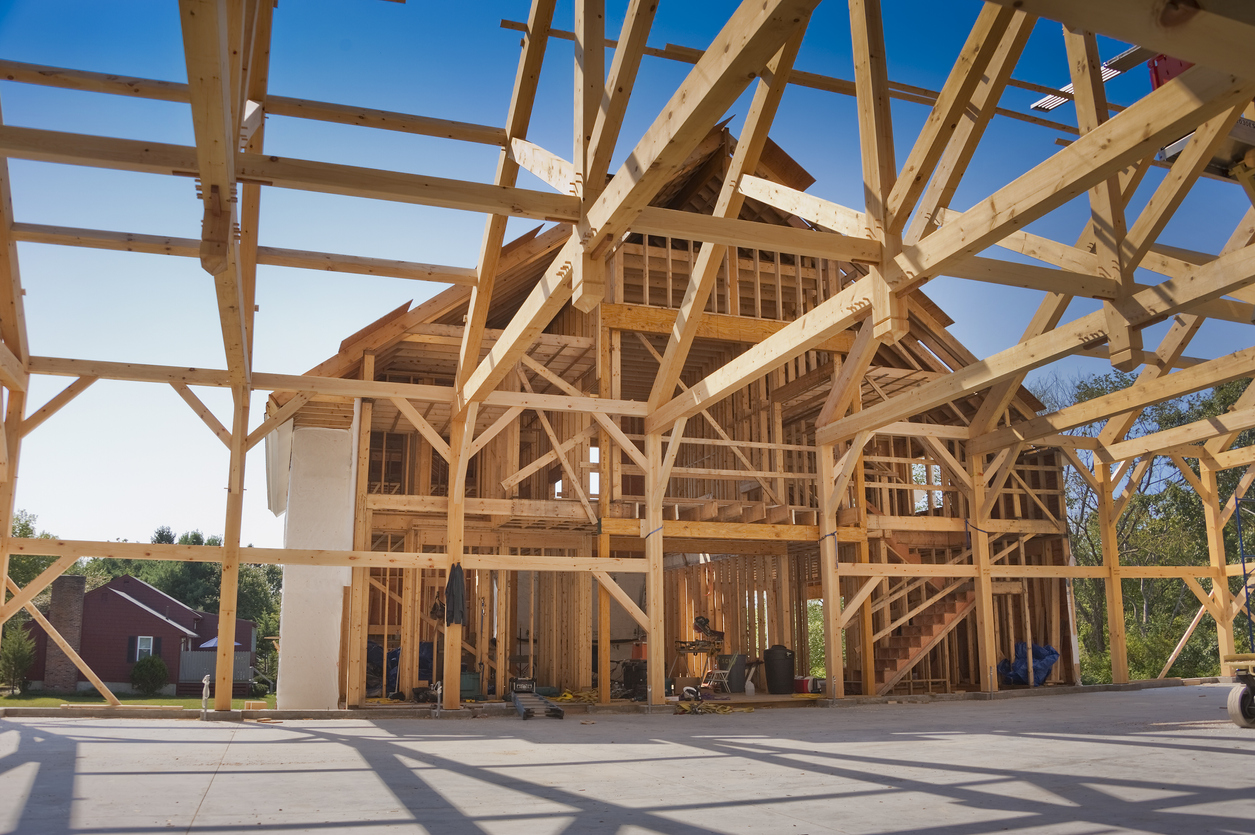
Barndominiums, with their simplified design and framework, can be built more swiftly. The open concept of barndos and the use of prefabricated components or kits often streamline the construction process, reducing the time needed to complete the structure. This translates to fewer labor hours and lower labor costs.
8. Barndominiums are more durable than traditional homes and require less maintenance over time, which equates to lower long-term costs.
Barndominiums are often constructed using durable materials such as steel for the frame, which provides improved strength and resistance against a range of environmental factors, such as weather conditions, pests, and wear and tear. This durability translates to fewer repairs over the years, minimizing the overall need for maintenance. Traditional homes might incorporate a wider range of materials, some of which may require more frequent upkeep due to susceptibility to damage. While the initial investment in a barndo might differ that of a traditional home, the potential for decreased ongoing maintenance costs can be a significant advantage in terms of overall ownership expenses.
9. Barndominiums also tend to be more energy-efficient than traditional homes, which can save homeowners money on utilities.
Barndominiums have gained quite a bit of attention in recent years, and one of their notable advantages is their superior energy efficiency compared to that of traditional homes. This energy efficiency can lead to significant cost savings for homeowners.
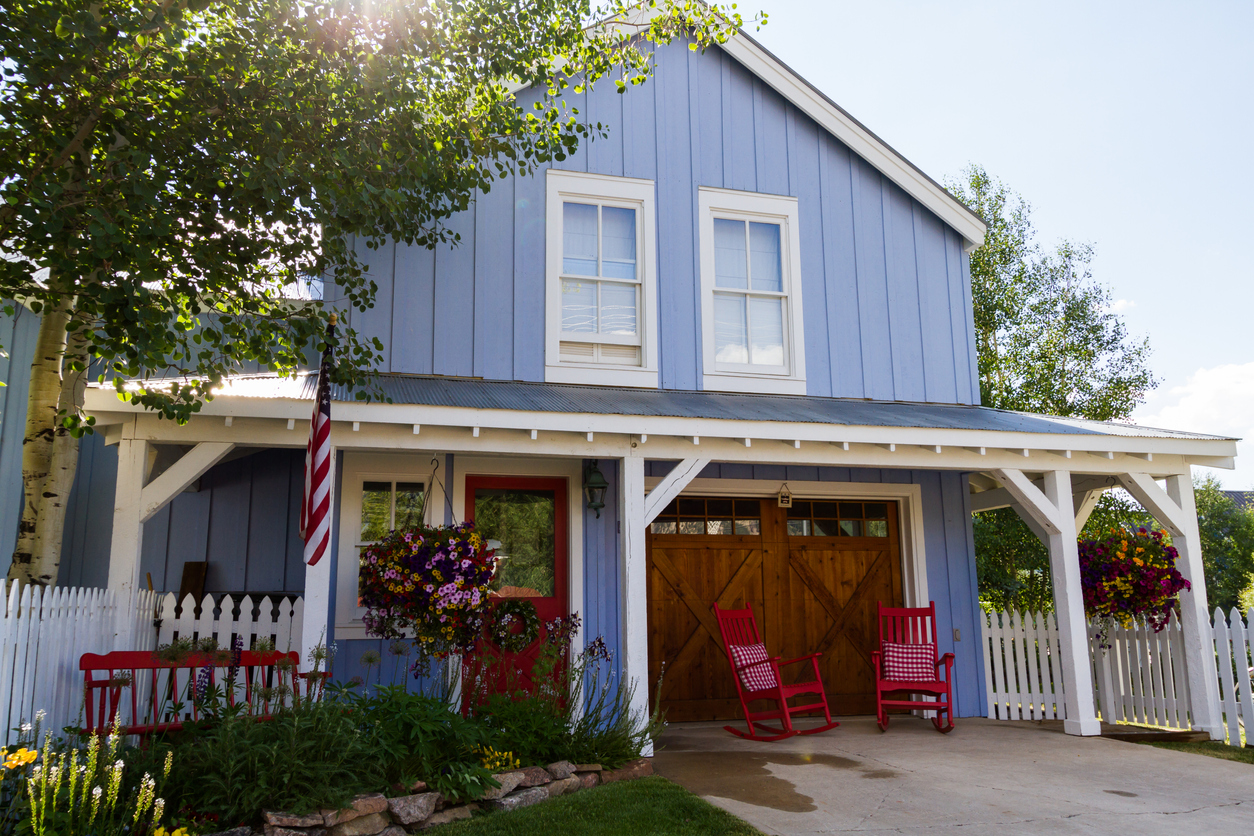
Unlike conventional houses, barndos often feature a unique blend of metal construction and modern design, which lends itself to better energy conservation. The use of metal not only offers structural integrity but also provides an excellent base for insulation. Insulation is a key player when it comes to energy efficiency—it helps to regulate indoor temperatures by keeping the desired warmth or coolness inside and blocking out external temperature changes.
The open-concept layouts of many barndos contribute to better airflow and natural lighting. These homes typically have larger windows and fewer dividing walls, allowing sunlight to penetrate deep into the living spaces. This means less reliance on artificial lighting during the day, which reduces electricity consumption. Barndominium owners frequently opt for energy-efficient appliances, LED lighting, and smart thermostats, all of which contribute to minimized energy usage. Many of these structures are designed with an eye toward harnessing renewable energy sources, such as solar panels.
10. Ultimately, the choice between a traditional house and a barndominium will come down to homeowner preference—though
those on a limited budget may find they can get more space for less money by opting for a barndo.
When it comes to deciding between a traditional house and a barndominium, it’s all about personal preferences and budget. For those who are mindful of their budget, a barndo can often present a compelling choice, offering more space for less money. Barndominiums tend to shine in terms of cost-effectiveness due to their unique design and construction. The use of metal for the frame and exterior often translates to lower material costs compared to the cost for traditional wood-framed houses. This can be especially beneficial for individuals or families looking to maximize their space without breaking the bank.
The open-concept layouts that many barndos have can enhance the feeling of spaciousness, making the most out of every square foot. By optimizing the use of available space, barndominiums can provide a larger living area for a lower cost than a similarly sized traditional house.
While barndominiums offer cost advantages, they don’t compromise on aesthetics or functionality. Modern design elements can be seamlessly integrated into these structures, allowing homeowners to create a stylish and comfortable living environment. From contemporary finishes to customizable floor plans, barndominiums offer a variety of options that can meet the needs of many homeowners.
Ultimately, the choice between a traditional house and a barndominium is deeply personal. Some may value the classic charm and familiarity of a traditional house, while others might be drawn to the innovative and budget-friendly nature of a barndo. By weighing the pros and cons of each option and considering individual preferences and budget constraints, homeowners can make an informed decision that works with their lifestyle and preferences.
